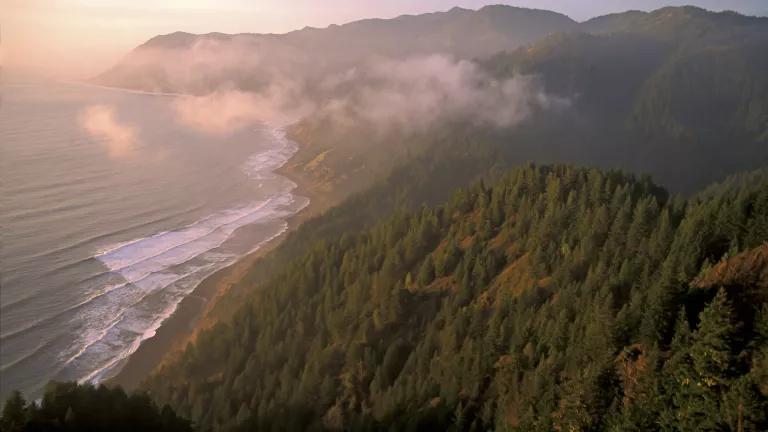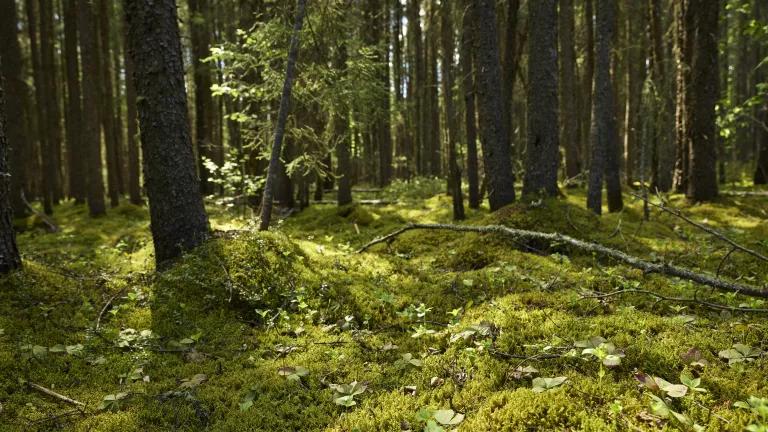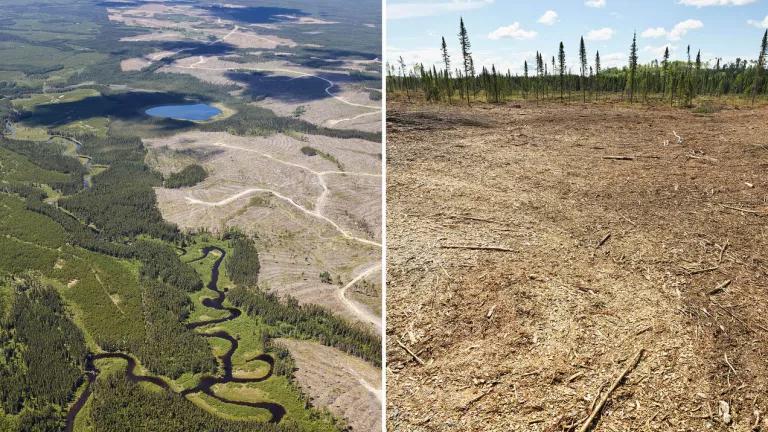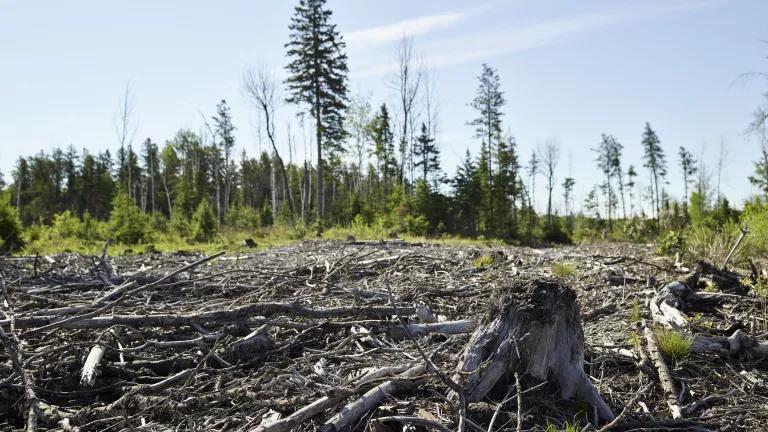
King Range National Conservation Area
As we celebrate National Public Lands Day this Saturday we are shining a spotlight on the Bureau of Land Management (BLM). BLM manages one out of every 10 acres in the country from the iconic deserts of the Southwest to the stunning coastlines of northern California. The lands managed by BLM are essential to addressing biodiversity conservation and climate resilience as well as preserving cultural assets and providing clean energy.
It’s hard to overestimate the role this agency plays in protecting the diversity of species and ecosystems on our public lands and its role in reaching the goal of protecting 30 percent of our lands and waters by 2030. The good news is that BLM has powerful tools at its fingertips to protect our priceless and diverse natural heritage.
Here are four steps BLM can take to deliver on the promise of 30x30 and protect the biodiversity it is charged with stewarding:
- Invest in community engagement: Thoughtful community input is central to shaping good land use planning and management. Local communities are the first to notice the shifts happening on the ground due to climate change and are critical to providing information that helps public land managers steward lands in an ever changing and complex era. Community engagement will be critical to the 30x30 effort and its power to fight biodiversity loss and climate change.
- Utilize existing tools and authorities: The good news is that BLM has a robust toolbox to safeguard wildlife corridors, restore damaged landscapes and protect our remaining wildlands. Some of the most important ones are:
- Areas of Critical Environmental Concern are special designations on BLM lands that protect rare and precious resources from volcan craters to habitat for imperiled species.
- Wilderness Study Areas are one of the most powerful tools the BLM currently has for durable protection of biologically important areas. This category of lands is part of the BLM’s National Conservation Lands System which includes some of the most biologically important lands under BLM’s stewardship.
- Wildlife corridors: movement across landscapes is critical to biodiversity and connecting protected habitat areas through wildlife corridors is essential for the 30x30 effort. Connected landscapes are also resilient landscapes where species have the room they need to adapt to climate change.
- Tribal co-management: the Department of Interior recently finalized new guidance to improve federal stewardship of public lands, wildlife and waters by strengthening the role of Tribal governments in federal land management. BLM should work closely with interested Tribes to collaborate in the co-stewardship of the land it stewards.
- Elevate biodiversity protection: As a multiple use agency BLM has a lot to balance in its land management responsibilities. To meet the biodiversity and climate crises head on the agency must make a focused effort to elevate biodiversity into pending regulatory changes, resource management plan revisions and broader planning efforts such as the revision of sage grouse management plans currently underway.
- Launch a healthy riverscape initiative: In the West, riparian areas and wetlands occupy a very small part of the landscape (1 to 2 percent), yet they support an astounding 80% of biodiversity. When we restore riverscapes, we provide fish and wildlife habitat they need to thrive and adapt to a changing climate. Healthy riverscapes also provide community benefits including cleaner water, water storage and natural fire breaks.
Finally, let’s not forget that Congress needs to deliver the funding necessary for this agency to do the job we’ve charged it to do. As the Bureau rebuilds in the wake of the Trump administration’s efforts to dismantle it, funding will be more critical than ever both for programs and for full time staff with expertise relevant to the challenges facing 21st century land managers.
All of these elements must come into play if BLM is going to play a key role in fighting the climate and biodiversity crises. Bold conservation actions are needed now more than ever for the agency to accomplish its multiple use mandate. And as the largest federal land manager in the country, its role addressing these interrelated crises will only become more important over time.



